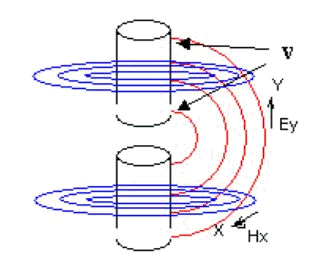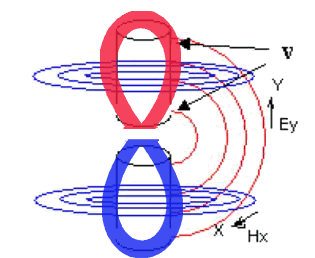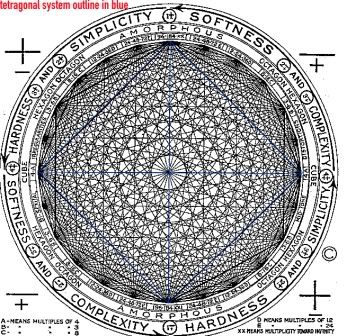The Principle of Mentalism sometimes "take the shape" of Analogy; so i figured it would be good to post a definition of analogy 

Analogy (from Greek "ἀναλογία" – analogia, "proportion"[1][2]) is a cognitive process of transferring information or meaning from a particular subject (the analogue or source) to another particular subject (the target), and a linguistic expression corresponding to such a process. In a narrower sense, analogy is an inference or an argument from one particular to another particular, as opposed to deduction, induction, and abduction, where at least one of the premises or the conclusion is general. The word analogy can also refer to the relation between the source and the target themselves, which is often, though not necessarily, a similarity, as in the biological notion of analogy.
Niels Bohr's model of the atom made an analogy between the atom and the solar system.
Analogy plays a significant role in problem solving, decision making, perception, memory, creativity, emotion, explanation and communication. It lies behind basic tasks such as the identification of places, objects and people, for example, in face perception and facial recognition systems. It has been argued that analogy is "the core of cognition".[3] Specific analogical language comprises exemplification, comparisons, metaphors, similes, allegories, and parables, but not metonymy. Phrases like and so on, and the like, as if, and the very word like also rely on an analogical understanding by the receiver of a message including them. Analogy is important not only in ordinary language and common sense (where proverbs and idioms give many examples of its application) but also in science, philosophy and the humanities. The concepts of association, comparison, correspondence, mathematical and morphological homology, homomorphism, iconicity, isomorphism, metaphor, resemblance, and similarity are closely related to analogy. In cognitive linguistics, the notion of conceptual metaphor may be equivalent to that of analogy.
Analogy has been studied and discussed since classical antiquity by philosophers, scientists and lawyers. The last few decades have shown a renewed interest in analogy, most notably in cognitive science.
Niels Bohr's model of the atom made an analogy between the atom and the solar system.
Analogy plays a significant role in problem solving, decision making, perception, memory, creativity, emotion, explanation and communication. It lies behind basic tasks such as the identification of places, objects and people, for example, in face perception and facial recognition systems. It has been argued that analogy is "the core of cognition".[3] Specific analogical language comprises exemplification, comparisons, metaphors, similes, allegories, and parables, but not metonymy. Phrases like and so on, and the like, as if, and the very word like also rely on an analogical understanding by the receiver of a message including them. Analogy is important not only in ordinary language and common sense (where proverbs and idioms give many examples of its application) but also in science, philosophy and the humanities. The concepts of association, comparison, correspondence, mathematical and morphological homology, homomorphism, iconicity, isomorphism, metaphor, resemblance, and similarity are closely related to analogy. In cognitive linguistics, the notion of conceptual metaphor may be equivalent to that of analogy.
Analogy has been studied and discussed since classical antiquity by philosophers, scientists and lawyers. The last few decades have shown a renewed interest in analogy, most notably in cognitive science.




 )
)











 )
)






Comment